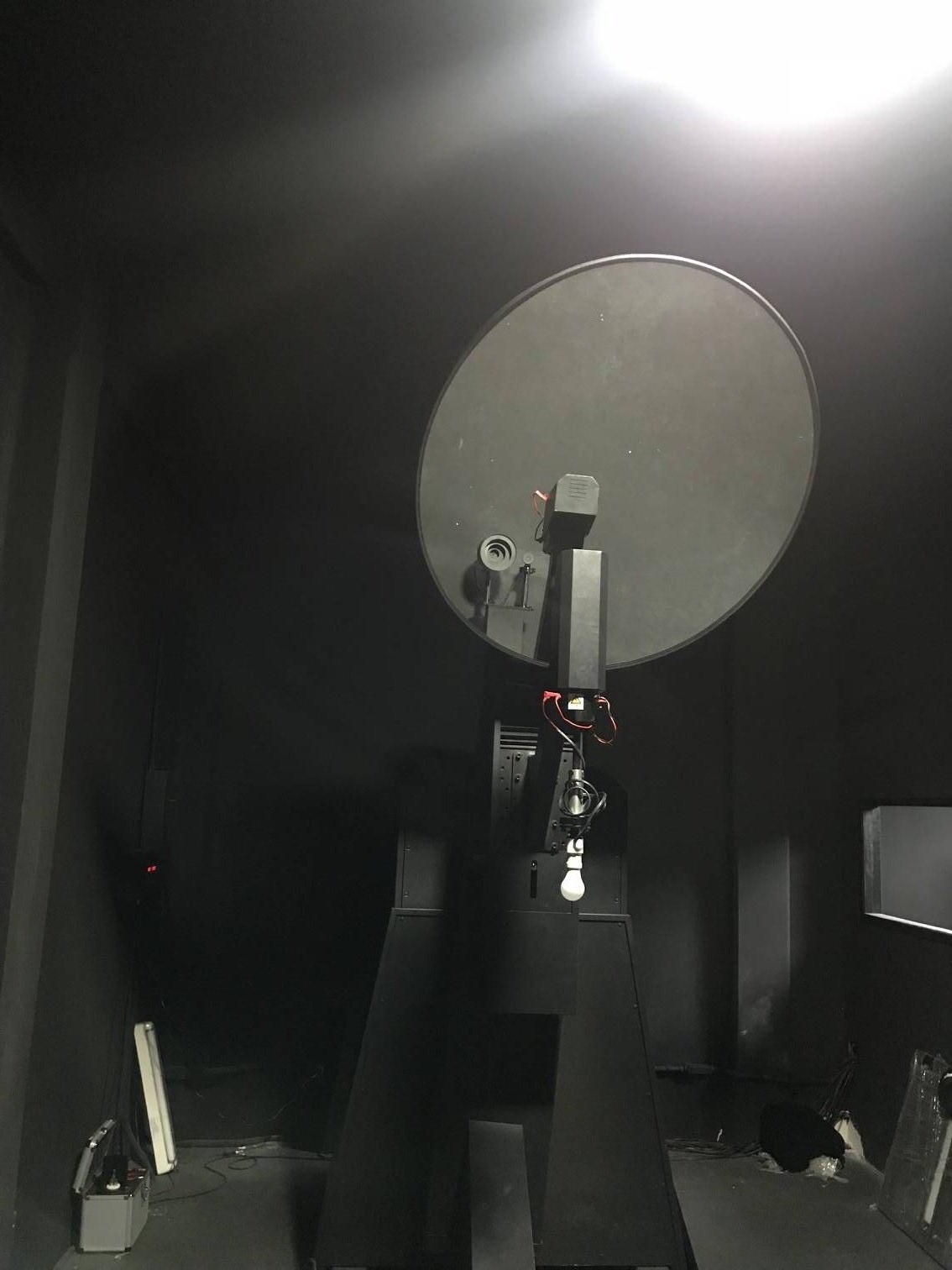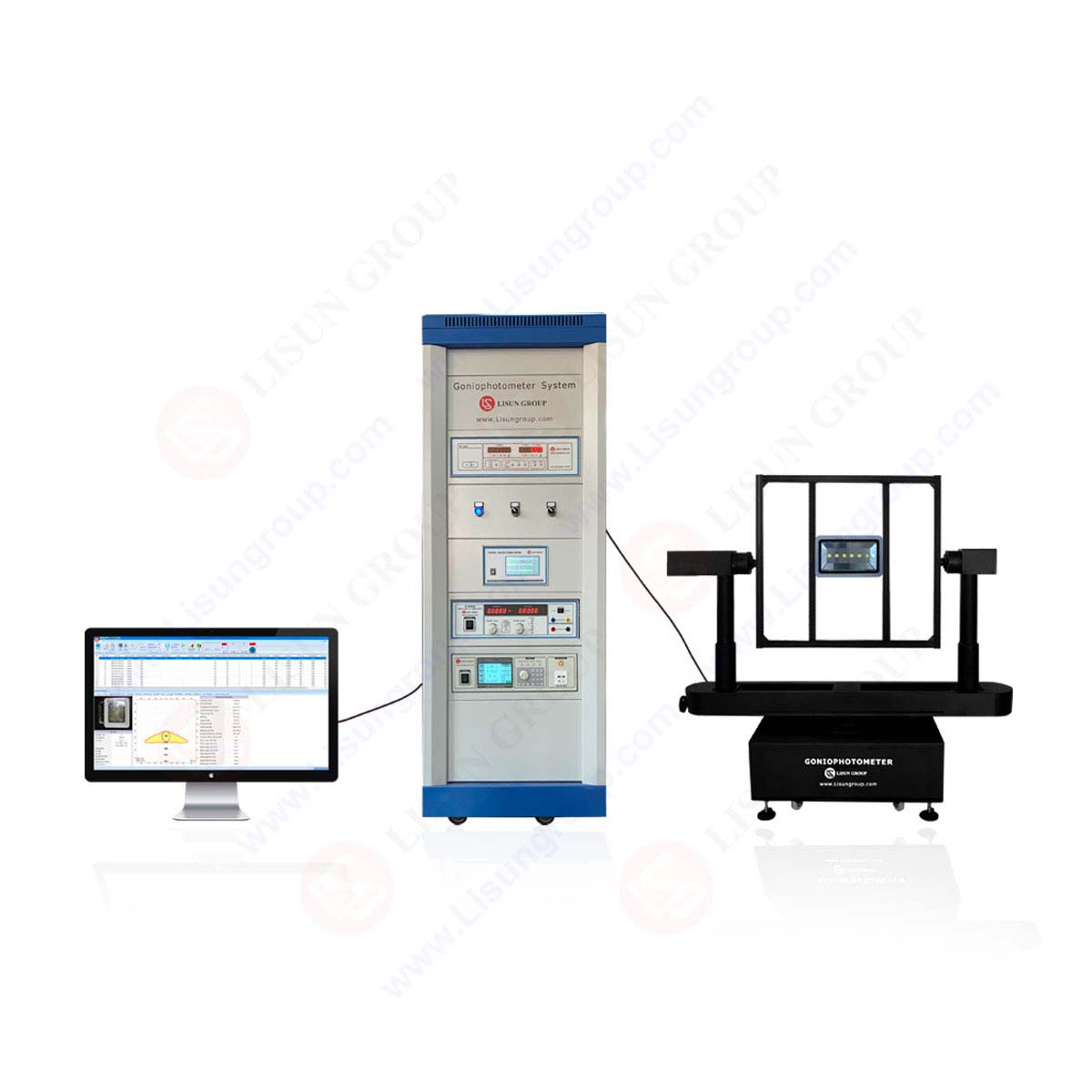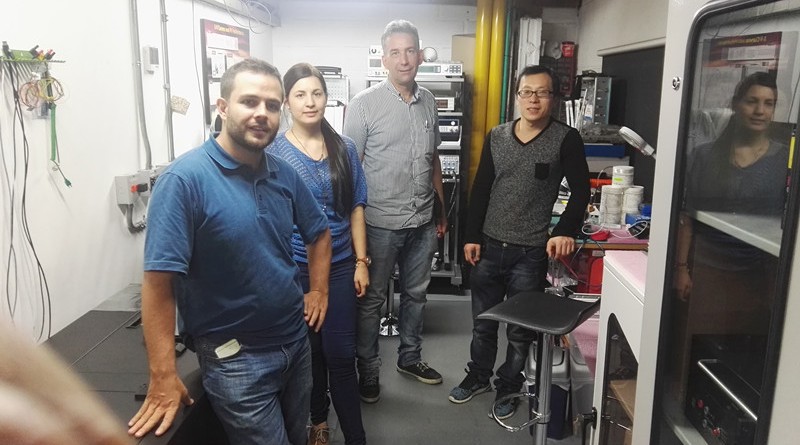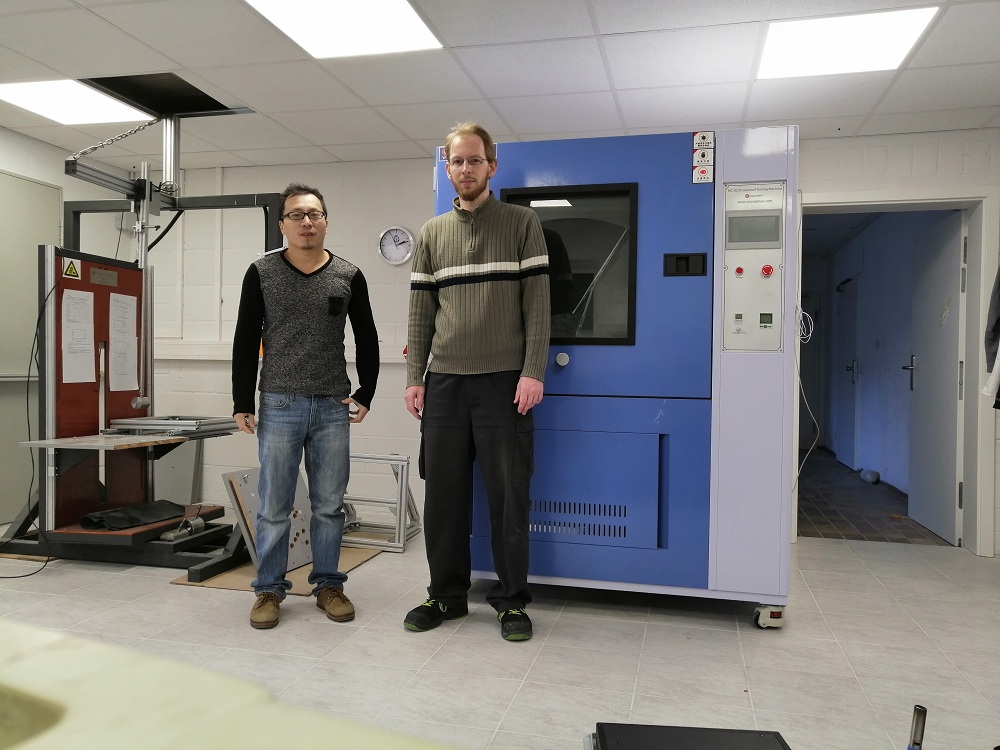The standard scope is limited to the lighting white LED. The standard at the beginning of the tittle declared that the scope is limited to lighting white LED, it thinks that it makes the measure target limited to lighting white LED in order to limit the measure method compared with standard LED to improve the measure accuracy effectively, and makes detailed regulations about the content about the standard LED.
In the measurement of light intensity, it measures in accordance with the standard conditions of CIE; in the measurement of luminous flux, it all uses integrating sphere to measure, and adds to color, Correlated Color Temperature and color rendering index etc. measurements in the revised version, and uses integrating sphere as the incident optic system in principle.
The definition of lighting white LED makes clear that the big difference of this standard and other LED is that “lighting white LED” makes very clear definition. According to the standard interpretation, the so-called “lighting white LED” measurement of the flux or the light color of the average light intensity should meet the whole range of visible field covered by the spetrum, and can not be lack of parts; the scope of CCT is in the range of 2500~10000K; and CCT is in CIE 1960 Uniform Chromaticity Coordinates, and the Duv of the Planckian trajectory should be less than 0.02 of the three conditions.
Notablely, in this definition, the three RGB LED is excluded from the scope of lighting white LED, in fact, in the explanation of the standard attachment, the definition of lighting white LED is a controversial project, the provisions of CCT, because here is for general lighting, so consider with fluorescent lamp in the same degree (CCT is about 2700~8000K or so) with a start, but it refers to the practical development technology of white LED at present, so setting the range of CCT from 2500K to 10000K.
Light intensity/flux are the two large measurements, as there is no unified standard LED package shape, size and optical properties, but it produces different designs according to various purposes, thereby the measurement of LED is difficult. Therefore, it should make provisions for the structure, performance,reproducibility of standard LED.
In this standard, the standard LED is mainly divided into the two kinds of light intensity measurement and luminous flux. It has different design conceptions according to different measurement characteristic. For example, the standard LED used to measure the light intensity, because in the light intensity measurement, measured LED mechanical axis is a very important correction factors for photo detector, therefore it adopts mechanical shaft for easy alignment of the bullet in the standard lamp package as standard form. As for flux measurement standard LED, due to considering the rule of measurement of total flux, therefore using the package that can protect LED towards the rear light and uniform light intensity TO-Can package as a standard form. Notably, the standard LED here in two forms, both use InGaN series of chips with white LED made of YAG phosphor, its counterpart in the defined item for lighting white LED is the part of no lack of wavelength.
Because the standard LED is an important reference, therefore it expects to reduce the impacts of environment to the greatest extent, and minimize the unstability of optic and electrical characteristic to the lowest, to meet the expected requirements of reproducibility. This standard excepts to limit the change of the measurement environment temperature below 2℃, in order to reduce the initial variation of LED, it recommends that it should use the standard LED that is driven more than 100 hours of constant current(for example 20mA), and the environment temperature of standard LED should be controlled at 25℃. In the revised edition, it adds the temperature controlled socket explanation in Annex 4(lighting fixture with the temperature controlled by chips), it requires that it should measure the lighting after the time that LED reaches the thermal equilibrium(at least in more than 5 minutes) in the conditions that it is constant current.
Tags:lighting white LED
 中文简体
中文简体





